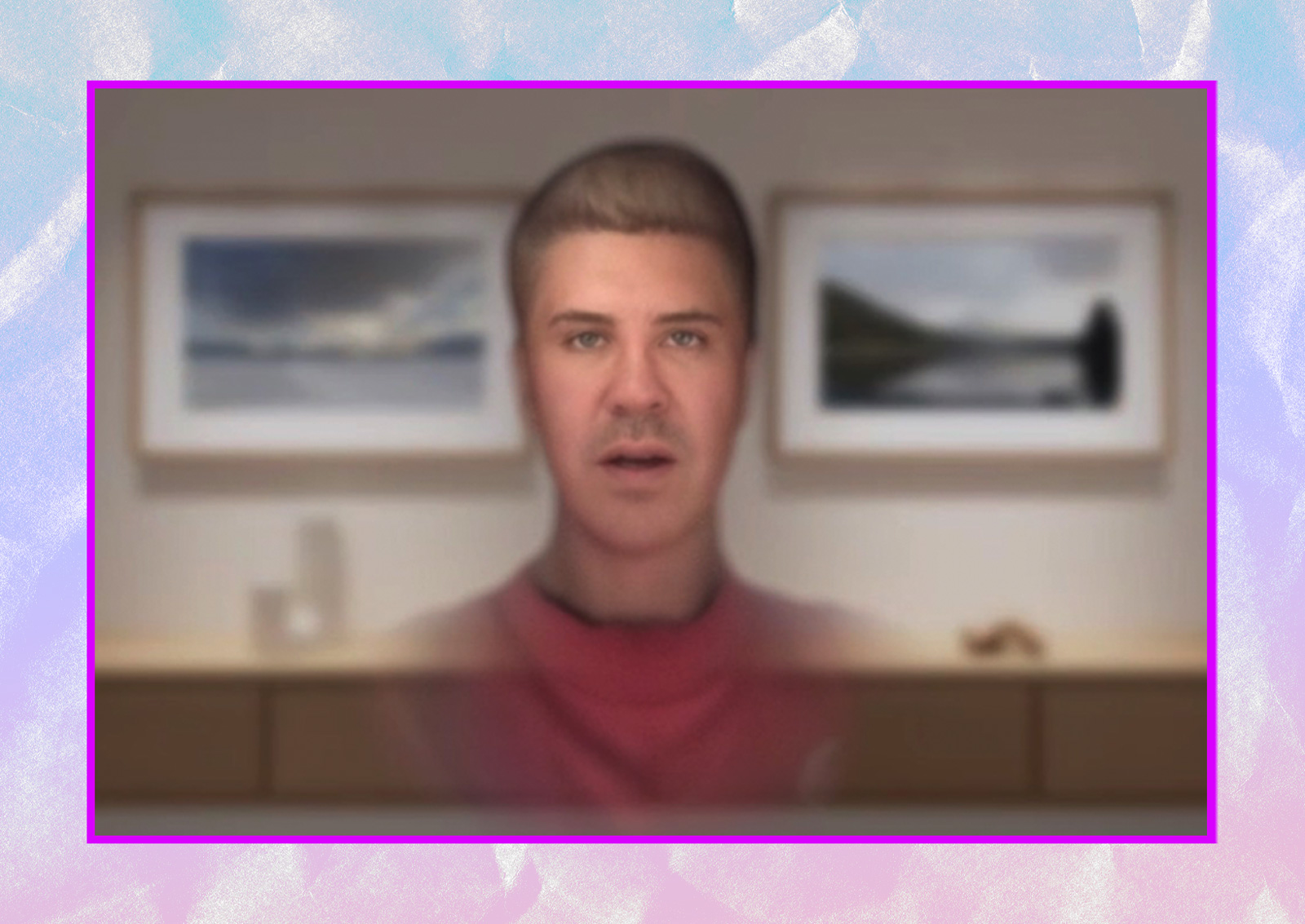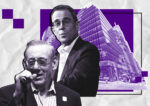Fredrik Eklund has glimpsed the future. In it, he wears a collarless red shirt and sports, by his own admission, a questionable haircut.
Nonetheless, the celebrity real estate agent has embraced Apple’s latest gadget, the Vision Pro headset, which projects a cartoonish and ghostly Eklund into his online meetings.
“This is the first generation of this technology,” he said of the headset, “and you can feel it.”
Eklund, who has started to take remote meetings using the headset, is among real estate’s early adopters who sees a chance to improve an agent’s work, and show buyers a property remotely, or even before it exists, with a vivid, compelling experience that may be on par with reality itself.
“I have a laptop, somewhere,” said Eklund, half the namesake of the Eklund Gomes team at Douglas Elliman. “I’m always only on my phone, but I can’t see details of things like architectural drawings on my phone’s screen, so this allows me to work better.”
The headset’s spatial computing makes reality, or at least everything in a person’s field of vision, into a large, translucent desktop where apps can run. To the person wearing the headset, apps appear as large, high-definition screens that can be placed anywhere in the field of view.
“If I need to talk with someone and see a kitchen rendering and a floor plan at the same time, I can do that,” said Eklund, who noted drawbacks including the heaviness of the device, its short battery life and the difficulty of hands-free typing. “It’s not perfect, but it’s promising.”

Eklund’s avatar, a noticeably computer-generated image, is Apple’s apparent workaround to the fact that when using the headset, its wearer cannot join a video call like they could on a laptop.
“I think it makes my hair look kind of weird,” he quipped.
For Compass agent and native Hawaiian Aaron Businger, the promise of the headset lies more on the client side. “The Hawaii buyer is an online buyer,” he said. Technology that offers a compelling remote walkthrough experience is an obvious boon to far-flung property markets.
Businger, early in his Vision Pro experiments on the Alesia Barnes team, found that Apple’s iPhone 15 Pro and 15 Pro Max shot better 3D video capture than the headset itself. Both Businger and Eklund said they found Apple’s device far better than Meta’s Quest 3 headset.
Among the flaws Businger found with the Vision Pro was Siri’s inability to understand native Hawaiian names, such as the busy Kalanianaole Highway on the island of Oahu, and that objects appeared blurry near the edges of the headset’s field of vision.
Businger believes that Apple’s headset could also be used to help sell new developments, which can exist only on paper or in an architect’s rendering, such as Howard Hughes’ 60-acre master-planned community between Downtown Honolulu and Waikiki called Ward Village.
At a sales gallery that Eklund is planning for a 125-unit Miami condo project, 72B or 72 Carlyle by Lefferts, he plans to include Apple headsets that buyers can wear to experience completed apartments before they are finished in real life, and fill out the units with their preferred style of furniture.
The video quality on the Apple Vision Pro impressed some industry experts.
“Spatial video is somehow different from a camera that captures three dimensions,” said real estate photographer Evan Joseph. “3D video can often appear as one flat layer on top of another, but images are more round on the Vision Pro.”
Joseph, who shot listing photos for an apartment recently sold by Annie Leibovitz, specializes in aerial photography that shows buyers what views a property will offer once it is built. He has worked on numerous Billionaires Row projects, 30 Park Place, One High Line and others.

To give the Vision Pro a field test, Joseph strapped on the headset and climbed into a helicopter. He encountered hurdles almost immediately.
Among them, vibrations from flying interfered with the device’s eye-tracking technology, which allows the wearer to choose an object, as a mouse or trackpad typically would. Wearing winter gloves made Joseph’s hands invisible to the headset, which prevented him from selecting an object or app, or zooming in and out of images or video.
“I had to land three times in my first flight to make adjustments and deal with error messages,” said Joseph, who also felt the Vision Pro was superior to the Quest 3. “This is the first time in my career that spatial media is a client deliverable,” he added.
As businesses test how to make use of Apple’s device, Zillow is among the early entrants to the Vision Pro app store with Zillow Immerse. The app makes 3D property listings available to Vision Pro users through the company’s Showcase product. For now, the Vision Pro app does not allow users to search for listings, but a Zillow representative said that a search function will be in place later in the year.
A decade ago, listing real estate on the internet was novel. Now, Apple promises its headset will deliver an impression of reality — from windy beaches to new condo amenities — as convincing as real life itself, with all its attendant emotions.
“We are ultimately selling a lifestyle,” said Eklund, “and by translating the reality of experiencing a property, I believe this can support increasing pricing.”
Read more



